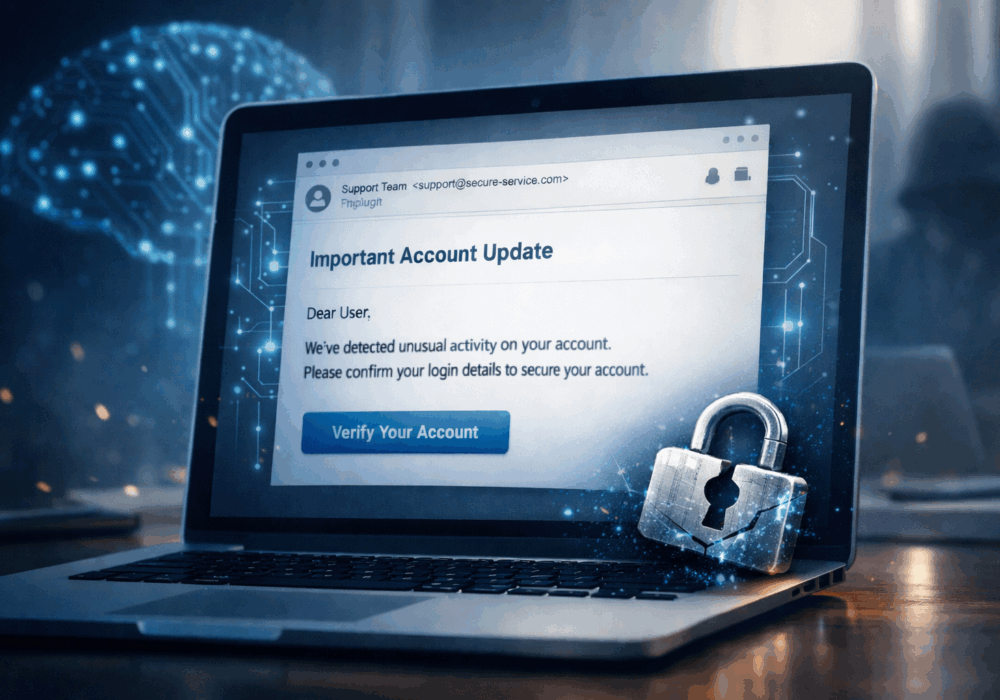Sender Policy Framework (SPF) is an anti-spam tool where email domains of the senders can be authenticated. SPF works hand-in-hand with DKIM and DMARC to help authenticate email messages to reduce the chance of malicious emails reaching user inboxes.
The SPF tool allows domain administrators to determine which IP addresses are authorized to send an email on their behalf. Administrators of a domain using SPF declare attributes that uniquely describe their email environment, including authorized senders. This description is represented in the ‘SPF record’, which is published in Domain Name System (DNS) records. An SPF client application executes a search for the correct SPF record, determining if a message is authentic or spoofed. If the records match, the sender is authentic and not malicious and the email is delivered appropriately. If you fail SPF authentication, most ISPs will give you a poor reputation score and route your email to the spam or junk folder — some may even just block the email entirely.
Source: TechTarget, Postmark
Additional Reading: Setting Up DMARC and DKIM – CyberHoot
SMBs should have SPF protection in place. However, SPF protection alone is not enough. SPF relies on the Reply-To field of a message but does not reject messages based upon a spoofed “Sender” field. Thus a hacker can get messages that appear to come from Amazon.com with a legitimate but wrong “Reply-to” field in the email into inboxes to fool users into clicking. That’s why most email and DNS administrators combine SPF with DKIM and DMARC records. DMARC and DKIM help avoid malware and phishing attacks from landing in user inboxes. This is because they were designed to validate the “Sender” domain against who is allowed to send messages for that domain and quarantine or reject the delivery of those messages automatically. When combined, SPF, DMARC, and DKIM are powerful tools in your email security arsenal. Here are actions you should take to help improve email security and reduce the chances of you or your customers from falling a victim to a phishing attack:
Discover and share the latest cybersecurity trends, tips and best practices – alongside new threats to watch out for.

Phishing emails used to be easy to spot. Bad grammar. Weird links. Obvious scams. Those days are...
Read more
Cybercriminals always follow Internet eyeballs. Not literally, but figuratively. And today's eyeballs are...
Read more
Active Attacks on Messaging Apps The Cybersecurity and Infrastructure Security Agency (CISA) recently issued...
Read moreGet sharper eyes on human risks, with the positive approach that beats traditional phish testing.
